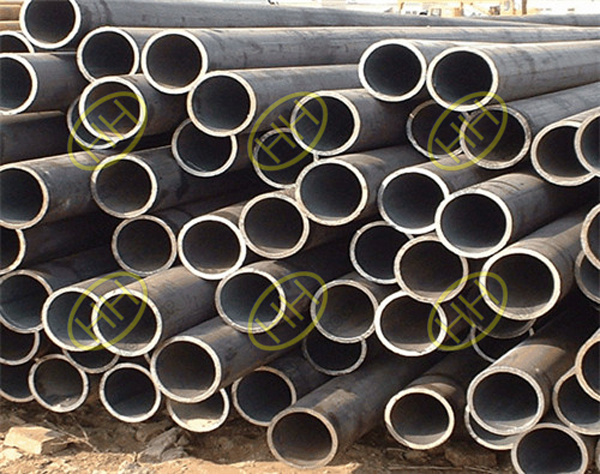The finished stainless steel pipes, unless used under deep underground conditions, need to be polished to ensure that the surface is bright and beautiful. Currently used polishing methods mainly include mechanical polishing, chemical polishing, and electrochemical polishing.
Mechanical polishing
The mechanical polishing method employs a polishing wheel or a polishing belt for processing, wherein the polishing belt performs abrasive polishing processing on the surface of the stainless steel tube with the abrasive in the polishing agent to promote the smooth polishing effect of the stainless steel tube surface.
Mechanical polishing can obtain a mirror shiny surface of less than 0.4 μm. Simple-shaped parts can use hard polishing wheels or polishing belts, and parts with high complexity can be polished with soft polishing wheels. Large batches of small parts use batch lighting. Batch lighting can be subdivided into roll-rolling, vibrating machine vibration lighting, centrifuge centrifugal lighting and rotating lighting and other methods.
Mechanical polishing has a low amount of grinding on the surface of the stainless steel tube, so it is also difficult to polish a rough surface. At this point you need to do pre-grinding process, use the grinding wheel, polishing tape stained paste to do grinding, divided into coarse, medium and fine grinding. After grinding, the surface roughness of the stainless steel tube can reach 0.4 μm. In order to achieve other individual requirements, such as descaling, deburring, slag removal, or matte finish, surface treatments such as sandblasting, shot peening and wire brushing can also be used. Stainless steel wire wheels can be used for polishing. Effectively reduce iron pollution.

Austenitic stainless steel pipes
Chemical polishing
Chemical polishing involves immersing stainless steel tubing and other parts in a suitable solution. Since the solution will dissolve the protruding parts of the surface of the stainless steel tube more quickly, the surface of the stainless steel tube can be leveled to achieve polishing. Chemical polishing usually has a weaker polishing ability and only slightly enhances the brightness. However, the mechanical polishing method is more labor- and time-saving than the mechanical polishing method, and can also handle the inner surface of small parts.
Chemical polishing process needs to pay attention to several aspects. Because the polishing speed is fast but the finish is poor, it is more suitable for pre-polishing. After chemical polishing will increase the surface activity, it must passivate the working surface to ensure corrosion resistance.
Electrochemical polishing
Electrochemical polishing treatment can increase the reflective performance of the stainless steel tube surface, improve the corrosion resistance, reduce the surface hardness of the machined parts, and reduce the friction coefficient due to the reduced surface roughness. Electrochemical polishing can also be used to remove parts such as burrs.
Compared to mechanical polishing, the features of electrochemical polishing are as follows. The electrochemical polishing will form a passivated surface, improve the corrosion resistance of the material, and mechanical processing can not be achieved. Second, electrochemical polishing has certain requirements on the substrate, such as non-uniform microstructure will form a non-uniform polishing surface, deep scratches can not be polished flat. Mechanical polishing requires less substrate.
Third, if you are dealing with parts with complex shapes, using electrochemical polishing is easier to achieve. Electrochemical polishing is also more efficient than mechanical polishing, but care must be taken not to place large workpieces. Electrochemical polishing of the workpiece surface current density must be uniform, so that the brightness of the polished surface will be uniform, due to the larger current electrochemical polishing, the fixture and the workpiece should have a large enough contact area and form a good contact, or easily lead to Local overheating and burning of the workpiece. Finally, it should be noted that some of the processes used to polish austenitic stainless steels cannot be used to polish martensitic stainless steels, because they are prone to corrosion.







